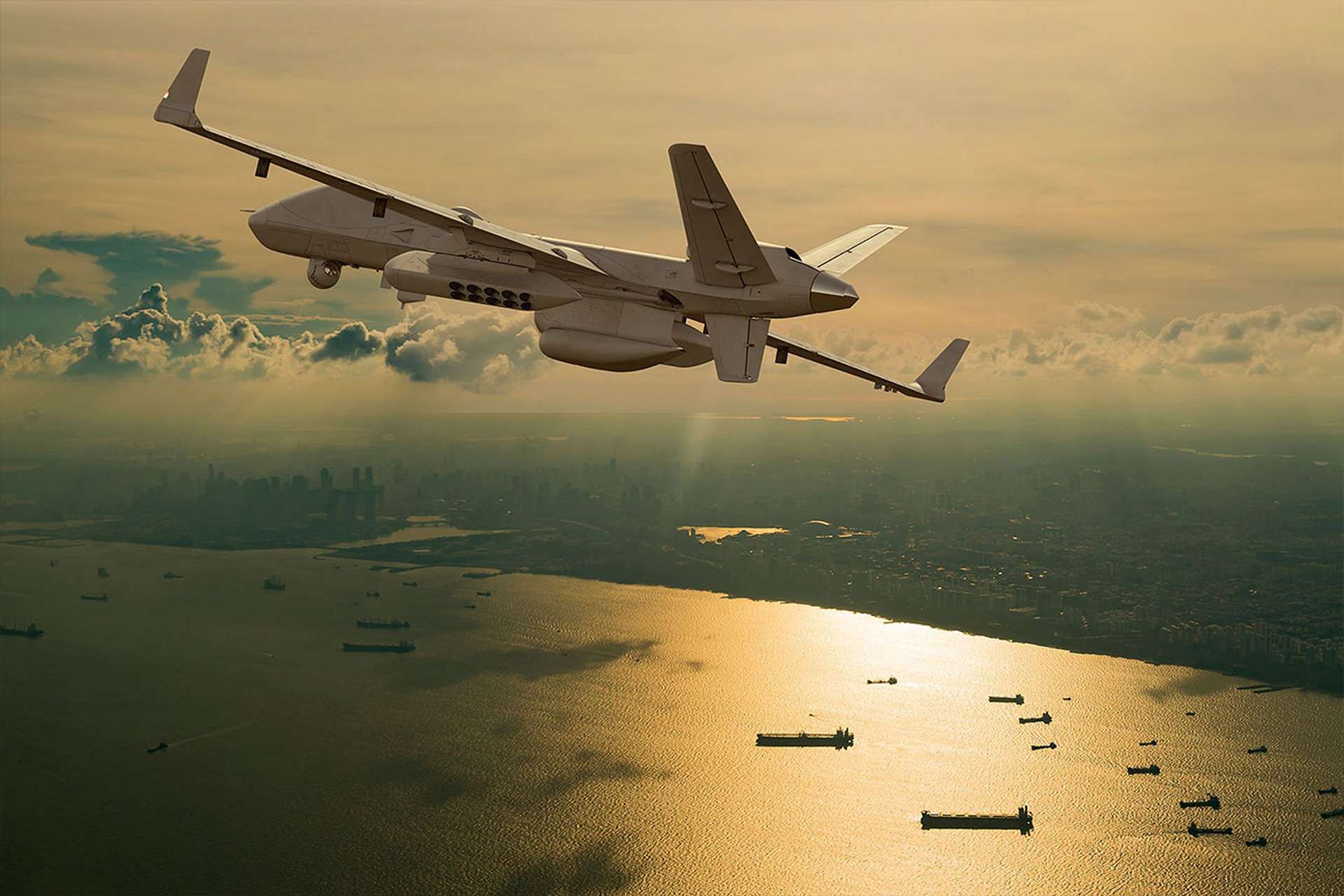Breaking News
General Atomics Expands MQ-9B SeaGuardian's Role in Anti-Submarine Warfare.
General Atomics Aeronautical Systems, Inc. (GA-ASI) has successfully expanded the capabilities of its MQ-9B SeaGuardian unmanned aerial system (UAS) with the introduction of the aircraft's first-ever Anti-Submarine Warfare (ASW) capability. In a groundbreaking demonstration conducted from January 20-30, 2025, the MQ-9B SeaGuardian, operated by GA-ASI, successfully deployed and tested advanced anti-submarine sensors via multiple pre-production Sonobuoy Dispensing System (SDS) pods. This new feature adds a significant dimension to the SeaGuardian’s already impressive suite of maritime surveillance capabilities.

General Atomics has successfully expanded the capabilities of its MQ-9B SeaGuardian with the introduction of the aircraft's first-ever Anti-Submarine Warfare capability. (Picture source: General Atomics)
Previously recognized for its ability to track submerged targets, the SeaGuardian took its capabilities to the next level with the integration of GA-ASI's newly designed SDS pods. These pods were used to deploy multiple sonobuoys, enabling the system to conduct onboard processing of thermal-depth and acoustic data. The SeaGuardian’s ability to detect, track, and analyze underwater targets was significantly enhanced through the use of a combination of advanced sonobuoys, including the Directional Frequency Analysis and Recording (DIFAR), the Directional Command Activated Sonobuoy System (DICASS), and Bathythermograph sonobuoys.
The demonstration proved the SeaGuardian's potential to perform comprehensive and persistent anti-submarine warfare operations. It not only detected and tracked underwater targets with great precision but also collected valuable acoustic intelligence, critical for naval defense operations.
"This demonstration represents a significant milestone in the evolution of unmanned systems," said David R. Alexander, President of GA-ASI. "We have successfully shown that the MQ-9B SeaGuardian can perform end-to-end persistent ASW operations, an achievement that highlights the future of unmanned aircraft in anti-submarine warfare. The success of this demonstration lays the groundwork for further enhancing the SeaGuardian’s ASW capabilities, and we look forward to continued collaboration with the U.S. Navy as they develop distributed maritime operations in the undersea domain."
The integration of the SDS pods is part of GA-ASI's ongoing effort to enhance the operational flexibility of the MQ-9B SeaGuardian. As part of the development, GA-ASI carried out the precise deployment of multiple DIFAR and DICASS test sonobuoys, refining the system’s ability to correlate ejection speed with stress and strain data. This process has been instrumental in creating a high-fidelity launch model, helping to improve the accuracy and reliability of future deployments.
The Naval Air Warfare Center Aircraft Division (NAWCAD) AIRWorks played an essential role in the testing and development process. AIRWorks has been an active partner in numerous anti-submarine warfare demonstrations, including its support during the Rim of the Pacific (RIMPAC) exercise in July 2024. This partnership ensures that the SeaGuardian’s ASW capabilities meet the emerging needs of warfighters.
As interest in unmanned aerial systems continues to grow, particularly within maritime operations, the MQ-9B SeaGuardian is expected to see an increase in demand from a variety of customers. One of the key advantages of the SeaGuardian is its ability to perform high-end maritime surveillance and ASW operations at a significantly lower cost compared to traditional manned maritime platforms. This makes it an attractive solution for naval forces looking to increase operational efficiency and reduce costs, all while maintaining cutting-edge capabilities.
With its expanded role in anti-submarine warfare, the MQ-9B SeaGuardian is poised to become an integral component of future maritime defense strategies. The success of the recent test flight and the growing interest in the SeaGuardian underscore the increasing value of unmanned systems in modern naval operations, providing a new frontier for surveillance and defense in the undersea domain.
As GA-ASI continues to innovate and collaborate with key defense partners like the U.S. Navy, the SeaGuardian’s role in reshaping the landscape of anti-submarine warfare seems assured, marking a new chapter in the use of unmanned systems for military operations.


























